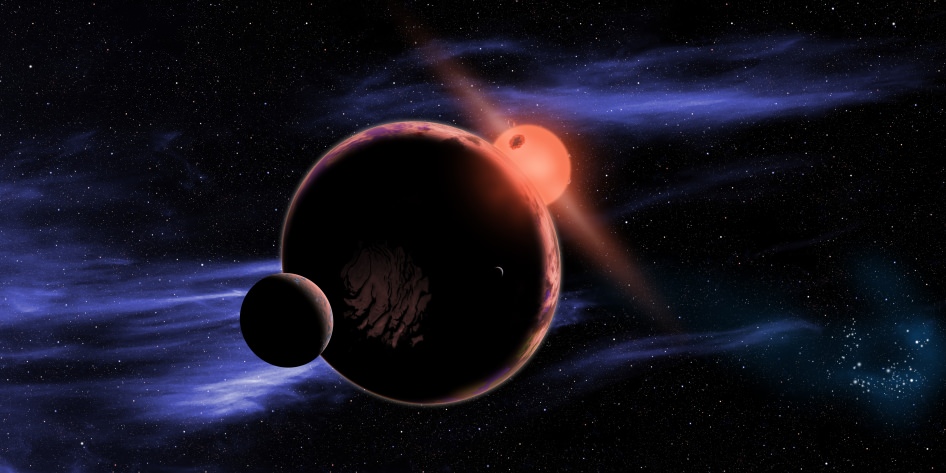People are generally social creatures, and in the case of planets that generally is the case as well. Many of these alien worlds we have discovered are in groups of two or more around their parent star or stars. A new study, however, goes a step further and says that a companion planet could actually save another planet in its old age.
“Planets cool as they age. Over time their molten cores solidify and inner heat-generating activity dwindles, becoming less able to keep the world habitable by regulating carbon dioxide to prevent runaway heating or cooling,” the University of Washington stated.
“But astronomers … have found that for certain planets about the size of our own, the gravitational pull of an outer companion planet could generate enough heat — through a process called tidal heating — to effectively prevent that internal cooling, and extend the inner world’s chance at hosting life.”
The researchers ran computer models finding that tidal heating, which is known to happen on Jupiter’s moons Europa and Io, can also happen in planets the size of Earth that are in non-circular orbits around dwarf stars. An outer planet would keep the orbit from stabilizing in a circle, generating tidal heating and keeping conditions potentially warm enough for life.
The study, led by the University of Arizona’s Christa Van Laerhoven, will be available in the Monthly Notices of the Royal Astronomical Society and is available now in preprint version on Arxiv.


These findings are encouraging as red dwarfs are more numerous in our local stellar neighbourhood.. The only possible obstacle may be solar flares from red dwarfs to the closer proximity of any harboured planets.. As another study found thicker atmosphere can mitigate flare x-rays.. In my mind the question then becomes are larger planets or planets with moons occurring with any regularity which could provide protection from x-rays?